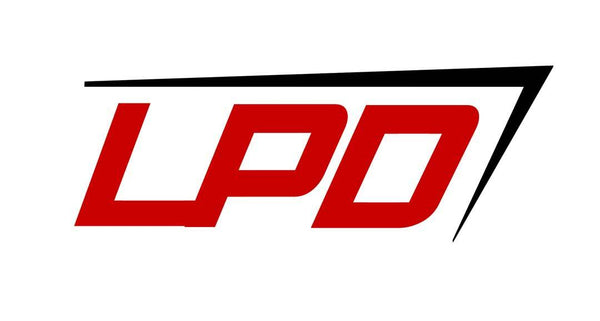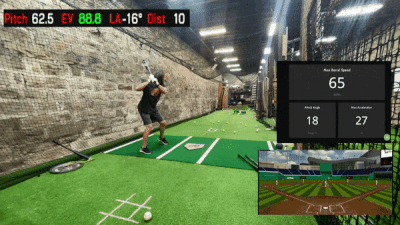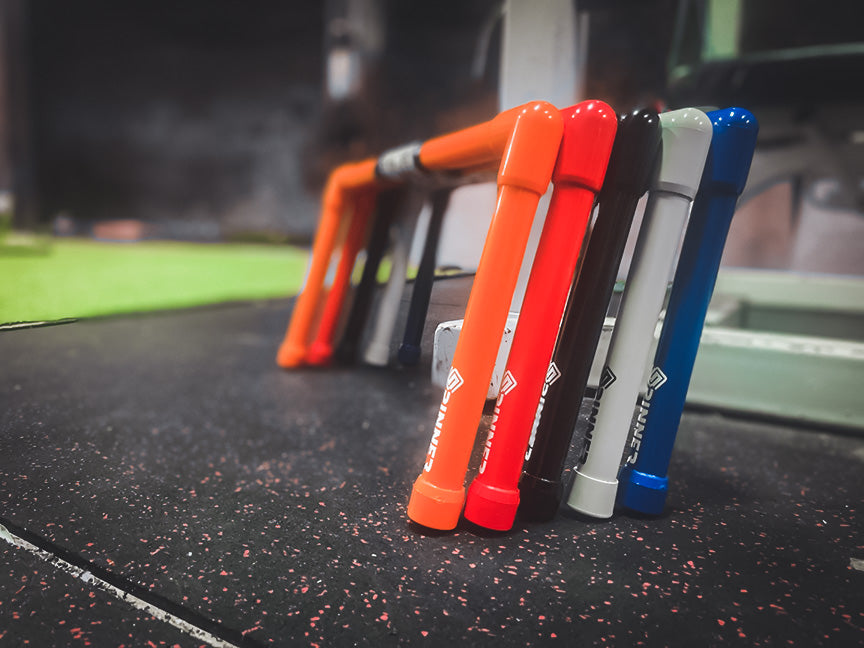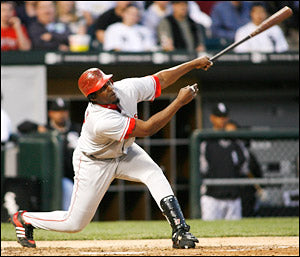Before we get into this post, let me start by saying that I understand MLB players use the tee and that Tony Gwynn swore by it.
I completely understand.
They aren't wrong about how they spend their time. They are the best hitters in the world and I am in no position to tell them what to do.
BUT
Chances are you probably aren't them. Nor do you possess the attributes that allow them to be successful against the best pitchers in the game, and that's what this blog will be about. How can you, as a hitter, get closer to achieving success in the game!
Watching big leaguers take BP or even work in a cage-players with 10,000+ career at bats with HIGHLY formed motor skills ….and thinking Any amateur, especially 10-20 year olds, should be doing the same thing to develop skill is as flawed of logic in baseball as you will find
— SwingFaster (@SuccessLvsClues) February 23, 2023
Technique Doesn't Exist in a Vacuum
The common belief in coaching hitters you have to develop "a swing" or that you "develop the pattern then challenge the pattern".
So a coach uses a tee to break down a players movements and point out all the flaws in their swing.
Seen this before? Yeah, me too
The problem with this is pointed out in the above tweet. Yes, you will probably develop a swing that looks better and you will get better at hitting a ball off of a tee but how does this apply to the game? Easy answer, it doesn't.
As a coach/trainer you ALWAYS should begin with the end in mind. Reverse engineering a swing with as much context to the game as possible, because as you see in the tweet "any technique trained in isolation needs to relearned in context" so unless you have infinite time (my next point) you need to develop your ability to hit with as many the elements of the game in mind, even for beginners
The ROI of TIme
I, like most everyone else in coaching, have only limited time with hitters. We just don't have the time to learn one swing out of context, the relearn another swing in context. Let's break it down.
Let's say you have 60 minutes a day, 5 days a week with your team full of hitters. During this time you spend only 15 minutes per day hitting balls off the tee (most spend a lot more) working on "technique". After 5 days you have spent over an hour training your swing outside of the elements required to hit in the game.
If you practice 20 weeks a year you have spent more that 1500 minutes or 25 practice hours training for something that has ZERO to do with the game. So unless your GPS system is like Mike Trout or Tony Gwynn this is wasted time that you'll never get back further distancing yourself from the outliers of the game. YOUR MAIN JOB, is to create a Dynamic GPS with the Big 3 skills of hitting
To create their GPS system it’s extremely flawed to see a big leaguer swinging at minimal intent or watching some cage routine that if a 14 year old did the same drill it would be actually detrimental
— SwingFaster (@SuccessLvsClues) February 23, 2023
The top down structure idea in baseball development is beyond flawed
The Big 3 Skills of Hitting
If you do a google or youtube search of "Hitting Mechanics" you will return thousands of results. Most of which are completely useless. Do this, or do that.
Who's right? Who's Wrong?
Is there a committee that gets to determine what is "clean" and what is not?
Simply, to become a great hitter you need to develop The When, The Where, and The What
That is:
When to swing (timing)
Where to swing (barrel precision)
What pitches not to swing at (zone discipline)
This past season my kids were 8(son) and 10(daughter) so I watched a ton of youth baseball and softball. I saw a lot of bad hitters, and I mean ALOT. They weren't bad because their technique was bad and they needed more tee work. They were bad because their Big 3 Skills were bad.
They needed more representative practice time, not less. This is true for 99.5% of hitters on the planet and the other .5% can do whatever they want because their when, where, and what in the game is so good it doesn't matter what they do in practice!
Where to start
The art of coaching hitters lies in your ability to scale up and scale down hitting activites according to the ability of the player. We don't put beginners with no training age in the cage against a high velocity machine and tell them "figure it out" that would be useless. But at the same time we don't scale the hitting activity down to the point it no longer represents the game (the tee)>
Start with 15ft front toss. That way, from the beginning, all of the big 3 skills are needed in order to hit the ball.
From there you can scale the difficulty according to the point where the demands of practice are almost identical to the demands of the game.
Don't have someone to flip to you from 15 feet? No problem, toss the ball up to yourself. You still need to time the arrival of the ball, swing accurately, at an undetermined point in the strike zone.
Conclusion
This is a simple overview of why you don't need to use the tee as a skill development tool. Just scratching the surface, but you hopefully get the overall idea. Practice with the game in mind, always.
I know this blog post probably won't land well, and probably will get alot of criticism. Please understand that helping players become their best is a responsibility that I take extremely serious and just having an opinion or taking a position "just to be different" is wreckless and irresponsibility to players in their pursuit of the best version of the themselves.
I believe that using the tee for most players is a net loss of time in their development for the reasons discussed and when limited time is all they have it cannot under any circumstance be wasted,








